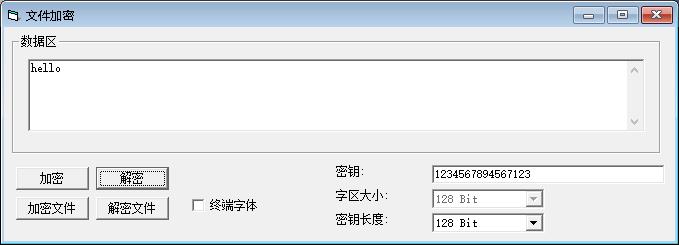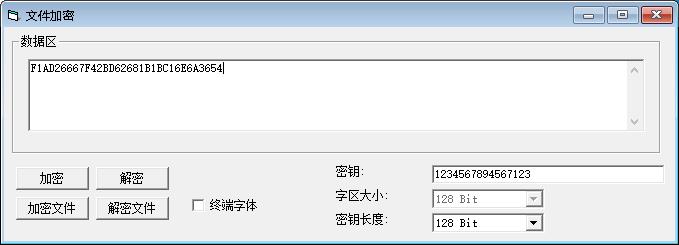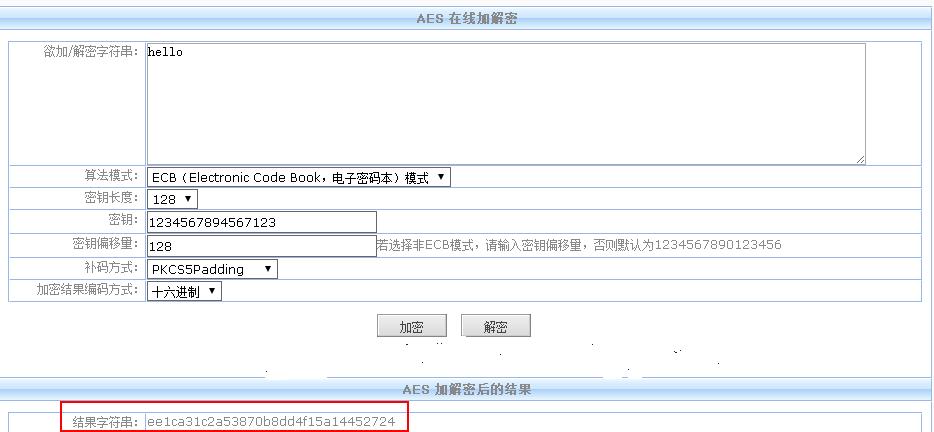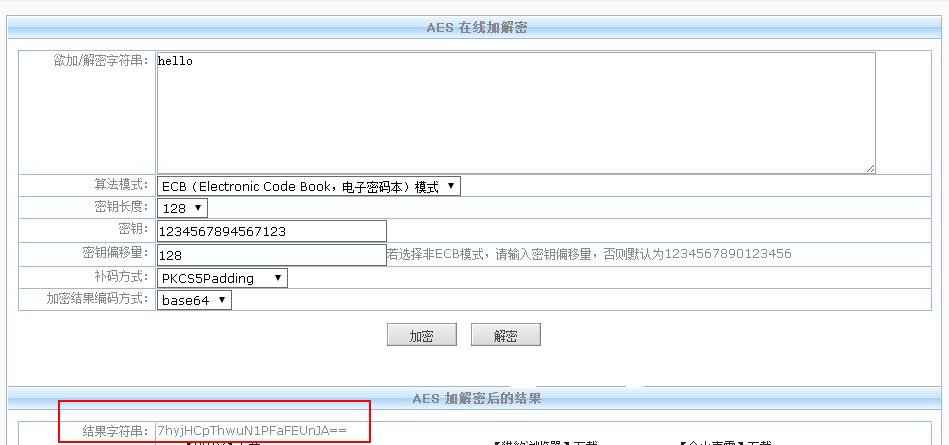7,763
社区成员
 发帖
发帖 与我相关
与我相关 我的任务
我的任务 分享
分享





#pragma comment(lib, "crypt32.lib")
#pragma comment(lib, "advapi32.lib")
#define _WIN32_WINNT 0x0400
#include <stdio.h>
#include <windows.h>
#include <wincrypt.h>
#define KEYLENGTH 0x00800000
void HandleError(char *s);
//--------------------------------------------------------------------
// These additional #define statements are required.
#define ENCRYPT_ALGORITHM CALG_RC4
#define ENCRYPT_BLOCK_SIZE 8
// Declare the function EncryptFile. The function definition
// follows main.
BOOL EncryptFile(
PCHAR szSource,
PCHAR szDestination,
PCHAR szPassword);
//--------------------------------------------------------------------
// Begin main.
void main(void) {
CHAR szSource[100];
CHAR szDestination[100];
CHAR szPassword[100];
printf("Encrypt a file. \n\n");
printf("Enter the name of the file to be encrypted: ");
scanf("%s",szSource);
printf("Enter the name of the output file: ");
scanf("%s",szDestination);
printf("Enter the password:");
scanf("%s",szPassword);
//--------------------------------------------------------------------
// Call EncryptFile to do the actual encryption.
if(EncryptFile(szSource, szDestination, szPassword)) {
printf("Encryption of the file %s was a success. \n", szSource);
printf("The encrypted data is in file %s.\n",szDestination);
} else {
HandleError("Error encrypting file!");
}
} // End of main
//--------------------------------------------------------------------
// Code for the function EncryptFile called by main.
static BOOL EncryptFile(
PCHAR szSource,
PCHAR szDestination,
PCHAR szPassword)
//--------------------------------------------------------------------
// Parameters passed are:
// szSource, the name of the input, a plaintext file.
// szDestination, the name of the output, an encrypted file to be
// created.
// szPassword, the password.
{
//--------------------------------------------------------------------
// Declare and initialize local variables.
FILE *hSource;
FILE *hDestination;
HCRYPTPROV hCryptProv;
HCRYPTKEY hKey;
HCRYPTHASH hHash;
PBYTE pbBuffer;
DWORD dwBlockLen;
DWORD dwBufferLen;
DWORD dwCount;
//--------------------------------------------------------------------
// Open source file.
if(hSource = fopen(szSource,"rb")) {
printf("The source plaintext file, %s, is open. \n", szSource);
} else {
HandleError("Error opening source plaintext file!");
}
//--------------------------------------------------------------------
// Open destination file.
if(hDestination = fopen(szDestination,"wb")) {
printf("Destination file %s is open. \n", szDestination);
} else {
HandleError("Error opening destination ciphertext file!");
}
//以下获得一个CSP句柄
if(CryptAcquireContext(
&hCryptProv,
NULL, //NULL表示使用默认密钥容器,默认密钥容器名
//为用户登陆名
NULL,
PROV_RSA_FULL,
0)) {
printf("A cryptographic provider has been acquired. \n");
} else {
if(CryptAcquireContext(
&hCryptProv,
NULL,
NULL,
PROV_RSA_FULL,
CRYPT_NEWKEYSET))//创建密钥容器
{
//创建密钥容器成功,并得到CSP句柄
printf("A new key container has been created.\n");
} else {
HandleError("Could not create a new key container.\n");
}
}
//--------------------------------------------------------------------
// 创建一个会话密钥(session key)
// 会话密钥也叫对称密钥,用于对称加密算法。
// (注: 一个Session是指从调用函数CryptAcquireContext到调用函数
// CryptReleaseContext 期间的阶段。会话密钥只能存在于一个会话过程)
//--------------------------------------------------------------------
// Create a hash object.
if(CryptCreateHash(
hCryptProv,
CALG_MD5,
0,
0,
&hHash)) {
printf("A hash object has been created. \n");
} else {
HandleError("Error during CryptCreateHash!\n");
}
//--------------------------------------------------------------------
// 用输入的密码产生一个散列
if(CryptHashData(
hHash,
(BYTE *)szPassword,
strlen(szPassword),
0)) {
printf("The password has been added to the hash. \n");
} else {
HandleError("Error during CryptHashData. \n");
}
//--------------------------------------------------------------------
// 通过散列生成会话密钥
if(CryptDeriveKey(
hCryptProv,
ENCRYPT_ALGORITHM,
hHash,
KEYLENGTH,
&hKey)) {
printf("An encryption key is derived from the password hash. \n");
} else {
HandleError("Error during CryptDeriveKey!\n");
}
//--------------------------------------------------------------------
// Destroy the hash object.
CryptDestroyHash(hHash);
hHash = NULL;
//--------------------------------------------------------------------
// The session key is now ready.
//--------------------------------------------------------------------
// 因为加密算法是按ENCRYPT_BLOCK_SIZE 大小的块加密的,所以被加密的
// 数据长度必须是ENCRYPT_BLOCK_SIZE 的整数倍。下面计算一次加密的
// 数据长度。
dwBlockLen = 1000 - 1000 % ENCRYPT_BLOCK_SIZE;
//--------------------------------------------------------------------
// Determine the block size. If a block cipher is used,
// it must have room for an extra block.
if(ENCRYPT_BLOCK_SIZE > 1)
dwBufferLen = dwBlockLen + ENCRYPT_BLOCK_SIZE;
else
dwBufferLen = dwBlockLen;
//--------------------------------------------------------------------
// Allocate memory.
if(pbBuffer = (BYTE *)malloc(dwBufferLen)) {
printf("Memory has been allocated for the buffer. \n");
} else {
HandleError("Out of memory. \n");
}
//--------------------------------------------------------------------
// In a do loop, encrypt the source file and write to the destination file.
do {
//--------------------------------------------------------------------
// Read up to dwBlockLen bytes from the source file.
dwCount = fread(pbBuffer, 1, dwBlockLen, hSource);
if(ferror(hSource)) {
HandleError("Error reading plaintext!\n");
}
//--------------------------------------------------------------------
// 加密数据
if(!CryptEncrypt(
hKey, //密钥
0, //如果数据同时进行散列和加密,这里传入一个
//散列对象
feof(hSource), //如果是最后一个被加密的块,输入TRUE.如果不是输.
//入FALSE这里通过判断是否到文件尾来决定是否为
//最后一块。
0, //保留
pbBuffer, //输入被加密数据,输出加密后的数据
&dwCount, //输入被加密数据实际长度,输出加密后数据长度
dwBufferLen)) //pbBuffer的大小。
{
HandleError("Error during CryptEncrypt. \n");
}
//--------------------------------------------------------------------
// Write data to the destination file.
fwrite(pbBuffer, 1, dwCount, hDestination);
if(ferror(hDestination)) {
HandleError("Error writing ciphertext.");
}
} while(!feof(hSource));
//--------------------------------------------------------------------
// End the do loop when the last block of the source file has been
// read, encrypted, and written to the destination file.
//--------------------------------------------------------------------
// Close files.
if(hSource)
fclose(hSource);
if(hDestination)
fclose(hDestination);
//--------------------------------------------------------------------
// Free memory.
if(pbBuffer)
free(pbBuffer);
//--------------------------------------------------------------------
// Destroy session key.
if(hKey)
CryptDestroyKey(hKey);
//--------------------------------------------------------------------
// Destroy hash object.
if(hHash)
CryptDestroyHash(hHash);
//--------------------------------------------------------------------
// Release provider handle.
if(hCryptProv)
CryptReleaseContext(hCryptProv, 0);
return(TRUE);
} // End of Encryptfile
//--------------------------------------------------------------------
// This example uses the function HandleError, a simple error
// handling function, to print an error message to the standard error
// (stderr) file and exit the program.
// For most applications, replace this function with one
// that does more extensive error reporting.
void HandleError(char *s) {
fprintf(stderr,"An error occurred in running the program. \n");
fprintf(stderr,"%s\n",s);
fprintf(stderr, "Error number %x.\n", GetLastError());
fprintf(stderr, "Program terminating. \n");
exit(1);
} // End of HandleError


 按理说,这个AES是一个“标准算法”,源数据、密钥、加密方案确定后,结果就是“唯一”的。
就象以前网上“广为流传”的MD5算法代码一样,都有不少错误的。
源头一错,那些 Ctrl+C、Ctrl+V党、转发党,把那些错误代码搞得“漫山遍野”的,
在网上找去找来,都是那些千篇一律的错误代码。
还有那些“翻译”的代码,真叫一个渣,看着都恶心…………
按理说,这个AES是一个“标准算法”,源数据、密钥、加密方案确定后,结果就是“唯一”的。
就象以前网上“广为流传”的MD5算法代码一样,都有不少错误的。
源头一错,那些 Ctrl+C、Ctrl+V党、转发党,把那些错误代码搞得“漫山遍野”的,
在网上找去找来,都是那些千篇一律的错误代码。
还有那些“翻译”的代码,真叫一个渣,看着都恶心…………
